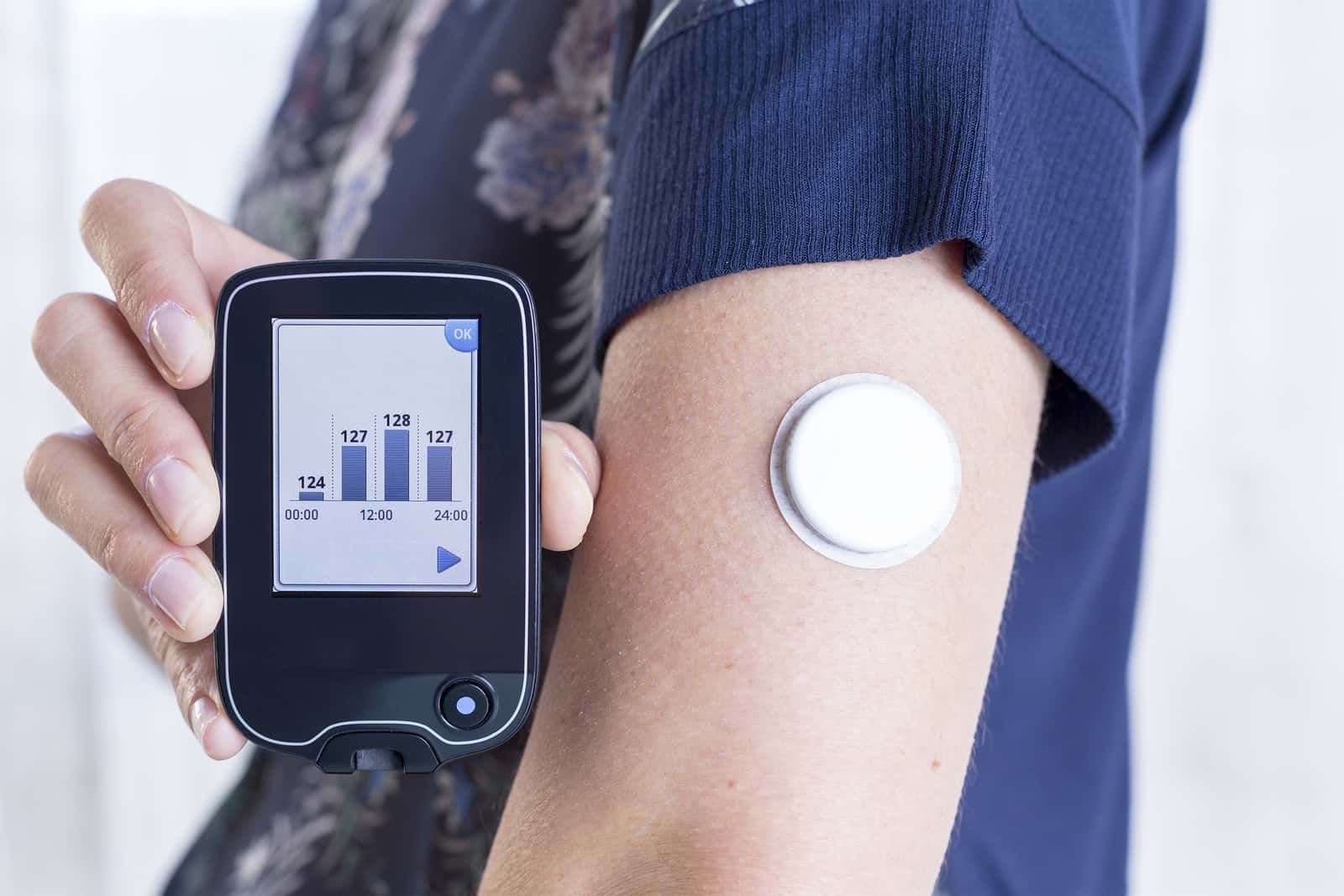
The Centers for Disease Control and Prevention estimate that 84 million American adults have prediabetes. That means one-third of us have blood sugar that is somewhat higher than it should be–above 100 mg/dL and below 125 mg/dL. Even though the name prediabetes implies that this condition inevitably evolves into frank diabetes, that is fortunately not the case. With attention and effort, people with prediabetes can prevent diabetes. Some may use technology designed for people with diabetes: a continuous glucose monitor (CGM). There is also growing interest in using a CGM by people who want to know how their diet and/or activity level affect their blood sugar levels even if they do not have prediabetes.
Preventing Diabetes:
Q. My mother had diabetes and I want to avoid that. Consequently, I am very motivated to keeping my blood sugar under control.
My doctor suggested a continuous glucose monitor so I can track how my diet affects my blood sugar. I’ve discovered that if I eat white rice, my blood glucose soars. Oddly, ice cream barely seems to affect it.
I really like being able to track this so easily without finger sticks. It really has taught me how to eat sensibly.
Who Needs a Continuous Glucose Monitor?
A. A continuous glucose monitor (CGM) is a wearable device that detects blood sugar levels every few minutes. The patch is applied to the skin on the arm and can be worn for up to two weeks. Having the device communicate its readings to a monitor or even your smart phone can make these data far more accessible. Having that kind of guidance can make it easier to figure out what you should eat and what you should avoid.
This approach is very similar to the one utilized by Dr. Richard Bernstein as he investigated the type of diet that caused the least disruption of his blood sugar. He did not have the benefit of a continuous glucose monitor. With this new technology, a dedicated individual like yourself should be able to figure out how different meals affect your blood sugar and plan your diet accordingly.
Technology Has Made a Difference:
This mother shares how a CGM can make a huge difference in outcomes:
Q. As the mother of two type 1 diabetics who are now both in their 40s, I’ve been watching technology and equipment become much easier to use. My daughter was diagnosed in 1983 at age 4. We used a clunky Accu-Chek machine and pricked her fingers and toes multiple times a day.
Today, 40 years later, she can just put her phone to her CGM arm patch and get an instant reading. She has no signs of diabetic complications and has had three healthy pregnancies.
Insulin pumps used to have tubing that clogged frequently. Today pumps have no tubing and connect directly to the monitor patch to deliver the right amount of insulin.
A. Thank you for reminding us how challenging it was to monitor blood sugar levels. Today, continuous glucose monitors are about the size of a quarter and are both easy to use and accurate. The typical CGM stays on the arm for two weeks and can transmit data to a smartphone or insulin pump. This makes it possible for people with diabetes to track how food and activity affect their blood glucose.
This summer, the OTC Dexcom Stelo Glucose Biosensor System will become available for people with type 2 diabetes who do not use insulin. People without diabetes will also be able to use this technology to track their own blood sugar.
Final Words:
Have you ever used a continuous glucose monitor? What was it like? Please share your experience with this device in the comment section below.

